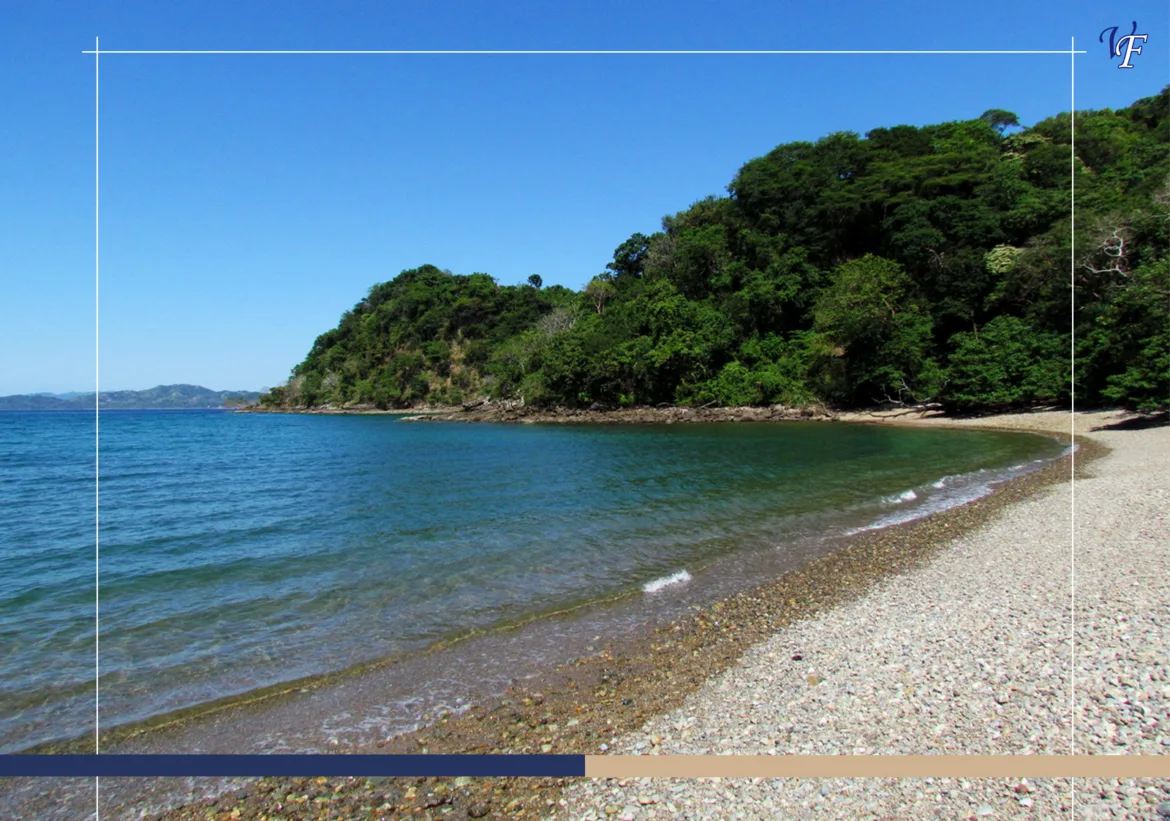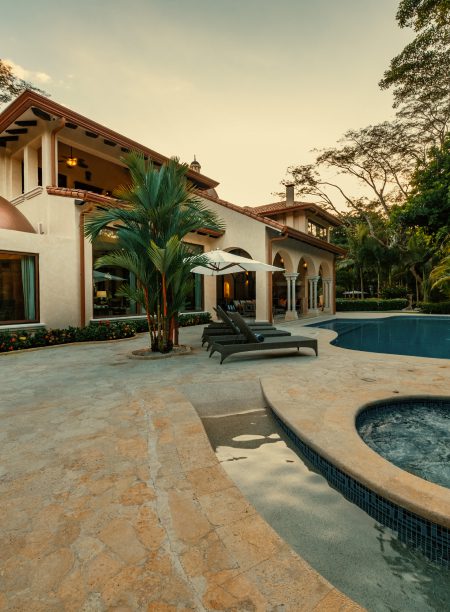Imagine an area where traditional structures exist alongside booming contemporary towns, rich, green wooded regions yield untouched sandy shores, and varied societies coalesce into an elaborate network of different ways of life and stories.
Central America is a fascinating portion of the globe that lies between North and South America. This place provides plenty of opportunities for all kinds of visitors. There are 7 countries of Central America, each with its own special beauty, characteristics, and popular places, making it a worth-visiting destination.
Do you also want to know more about Central America? Want to know how many countries are in Central America? Do you want to experience each country firsthand? You don’t need to look for resources, as we have this article ready for you.
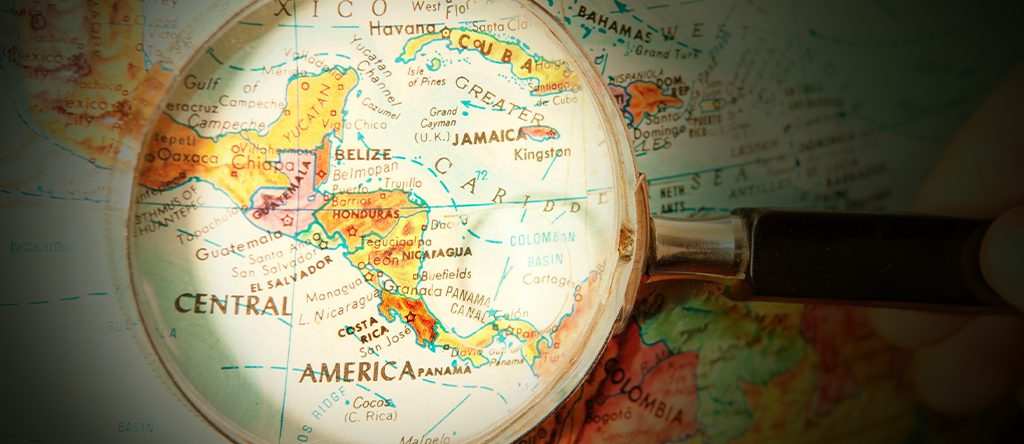
About Central America
Central America is the southernmost area of North America. It connects with South America on its southeastern border and comprises the following seven nations: Belize, Costa Rica, El Salvador, Guatemala, Honduras, Nicaragua, and Panama. This region characterizes itself by a wide variety of cultures, important historical backgrounds, and breathtaking geographical formations.
| Attribute | Value |
| Area | 523,780 km² (202,233 sq mi) |
| Population | 43,308,660 (2013 est.) |
| Density | 77/km² (200/sq mi) |
| Countries | 7 |
| Demonym | Central American, North American |
| Languages | Spanish, English, Mayan languages, Garifuna, Kriol, European languages, and many others |
7 Countries of Central America
The continent of Central America contains seven individual nations with varied geographies, histories, cultures, and attractions. The area offers a wealth of experiences, from the old Mayan ruins in Guatemala to El Salvador’s lively cultural celebrations. Two areas showcasing the diverse nature of Central America are Costa Rica’s commitment to environmental protection and Panama’s renowned canal.
Each country is introduced below to emphasize its uniqueness and why it is worth visiting at least once.
Guatemala
Guatemala’s area is around 42,042 square miles, and its total human population is nearly 17.9 million. Its rich historical background includes being the birthplace of the Ancient Mayan civilization and being colonized by Spain in 1524.
Guatemala is characterized by diverse topography, ranging from volcanic mountain ranges to beautiful Lake Atitlan, surrounded by dense vegetation. Guatemala’s blend of indigenous and Spanish cultures is evident through its festivals, beliefs, and local food.
El Salvador
El Salvador is the smallest country in Central Ameica. It has an area of 8,124 square miles and a population of around 6.35 million. It is situated between Guatemala and Honduras and has a coastline along the Pacific Ocean.
Its diverse history encompasses Mayan and Aztec influences prior to the Spanish occupation, which began in 1524 AD. This country’s vibrant culture expresses its rich traditions through colorful festivals and flavorful dishes.
Honduras
Honduras lies between El Salvador, Nicaragua, Guatemala, and the Caribbean Sea. It has an area of 43,278 square miles and roughly 10.53 million people.
The ancient Mayan civilization has shaped its vibrant history. Within its borders are tropical rainforests, mountains, and picturesque beaches. Honduran culture is characterized by a mixture of native traditions, African roots, Spanish colonial legacy, handicrafts, and craftsmanship skills passed over generations.
Nicaragua
Nicaragua is the largest country in Central America. It lies between Honduras and Costa Rica, covering an area of 50,336 square miles with a population of around 7 million.
Its geography varies, including mountainous Pacific coastal ranges, highland plateaus, and low-lying Caribbean plains. A blend of Spanish colonial heritage and African influences characterizes Nicaraguan culture.
It is also well-known for being an eco-tourism destination with diverse regions full of rainforests.
Costa Rica
Costa Rica is renowned for its political stability and absence of military forces. It measures 51,000 sq. km. and has an approximate resident population of 5.15 million people.
The topography includes tropical forests, misty woods, and splendid shorelines. Costa Rican cultural traits involve prioritizing the environment and having strong ties to Spanish colonialism.
Because of the many wildlife species inhabiting this area, Costa Rica offers numerous protected areas, including national parks and nature reserves.
Panama
Situated on the Isthmus of Panama, this country links North and South America, occupies an area of 29,120 square miles, and has an approximate population of 4.44 million.
Its diverse geography, with tropical rainforests, mountains, and beaches, makes it famous for the Panama Canal. The culture here combines different strands from Spanish colonialism and indigenous practices.
Belize
Belize is the only Central American country where English is the official language. It encompasses 8,867 square miles and has an estimated populace of nearly 400,031.
Sandwiched between Mexico, Guatemala, and the Caribbean Sea, this nation bears great cultural diversity shaped by Mayan ancestry and British colonization. It is known for its ethnic diversity and lively customs.
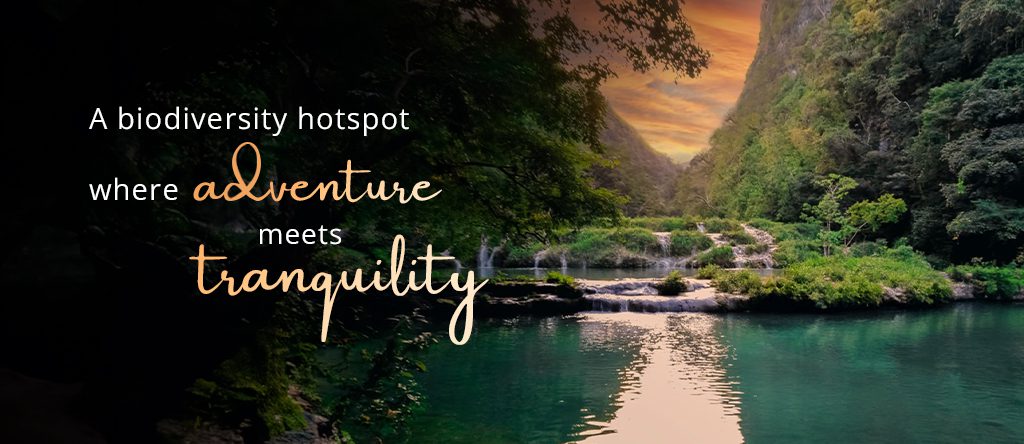
Country Details
Belize is the only Central American country where English is the official language. Costa Rica is known for its biodiversity and extensive national park system.
Aren’t these things about Central America and its countries interesting? The table below provides demographic information for each country.
| Country | Capital Cities | Area | Population | Official Language |
| Guatemala | Guatemala City | 108,889 km² (42,042 sq mi) | 17,608,483 | Spanish |
| El Salvador | San Salvador | 21,041 km² (8,124 sq mi) | 6,314,167 | Spanish |
| Honduras | Tegucigalpa | 112,090 km² (43,280 sq mi) | 10,278,345 | Spanish |
| Nicaragua | Managua | 130,370 km² (50,340 sq mi) | 6,850,540 | Spanish |
| Costa Rica | San José | 51,100 km² (19,700 sq mi) | 5,153,957 | Spanish |
| Panama | Panama City | 75,420 km² (29,120 sq mi) | 4,351,267 | Spanish |
| Belize | Belmopan | 22,966 km² (8,867 sq mi) | 400,031 | English |
Country Features
Central America boasts an extensive cultural history shaped by Indigenous cultures such as the Maya and Aztecs. This region has various ecosystems, ranging from tropical rainforests to mountainous areas.
Let’s have a look at the pillars of the region through this table –
| Country | Capital Cities | Leaders of Central America | National Flowers | National Trees | National Birds | National Dishes |
| Guatemala | Guatemala City | Bernardo Arévalo | Lycaste skinneri | Ceiba | Resplendent quetzal | Pepián |
| El Salvador | San Salvador | Nayib Bukele | Izote flower | Tabebuia rosea | Turquoise-browed motmot | Pupusa |
| Honduras | Tegucigalpa | Xiomara Castro | Rhyncholaelia digbyana | Pinus oocarpa | Scarlet macaw | Baleada |
| Nicaragua | Managua | Daniel Ortega | Plumeria | Calycophyllum candidissimum | Turquoise-browed motmot | Nacatamal |
| Costa Rica | San Jose | Rodrigo Chaves Robles | Guarianthe skinneri | Enterolobium cyclocarpum | Clay-colored thrush | Gallo pinto |
| Panama | Panama City | Laurentino Cortizo | Pristera elata | Sterculia apetala | Harpy eagle | Sancocho |
| Belize | Belmopan | Johnny Briceño | Prosthechea cochleata | Swietenia macrophylla | Keel-billed toucan | Rice and beans |
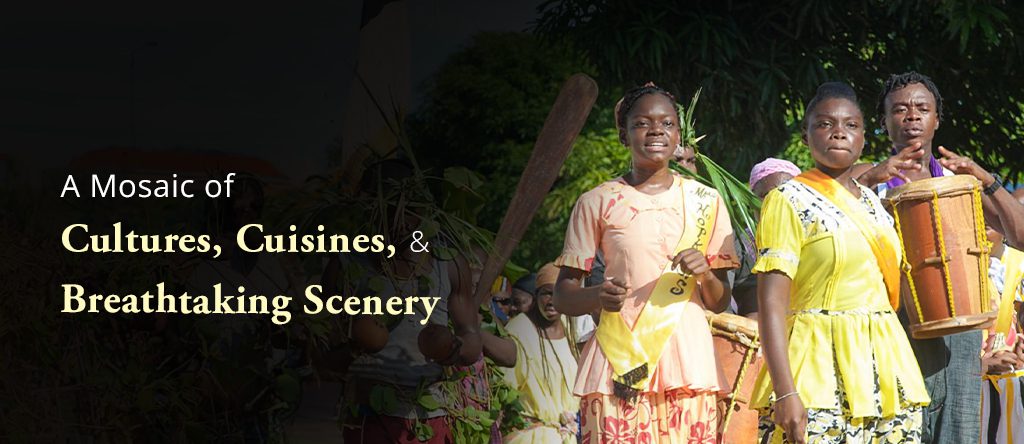
Cultural and Natural Sites
The approximate population of all countries in Central America is 44 million, with Spanish being the predominant language. The area has various ethnicities comprising mestizos, native people, and those with African ancestry.
Look at the popular sites in each of these Central American countries and prepare your 10-day itinerary.
| Country | Cathedrals of Central America | Ancient sites of Central America | Central American coast | Central American forests |
| Guatemala | Cathedral of Guatemala City | Tikal | Playa Blanca | Petén–Veracruz moist forests |
| El Salvador | San Salvador Cathedral | Tazumal | Jiquilisco Bay | Montecristo National Park |
| Honduras | Tegucigalpa Cathedral | Copan | Roatán | Texiguat Wildlife Refuge |
| Nicaragua | Immaculate Conception Cathedral, Managua | Ancient footprints of Acahualinca | Pink Pearl Island | Maderas forest |
| Costa Rica | Metropolitan Cathedral of San José | Stone spheres of Costa Rica | Tamarindo | Monteverde Cloud Forest Reserve |
| Panama | Metropolitan Cathedral of Panama City | Parque Internacional la Amistad | Cayos Zapatilla | Parque Internacional la Amistad |
| Belize | Holy Redeemer Cathedral | Altun Ha | Corozal Beach | Chiquibul Forest Reserve |
Biodiversity of Central America
Biodiversity hotspots abound in Central America, with its temperate rainforests and coral reefs. There are several birds, mammals, reptiles, and amphibian species that can thrive in it. For this reason, every state within Central America has a significant role to play regarding this bounty of life.
This table highlights the diversity of flora and fauna for each of these countries –
| Country | Birds | Mammals | Reptiles | Amphibians |
| Belize | 544 | 147 | 140 | 46 |
| Costa Rica | 838 | 232 | 258 | 183 |
| El Salvador | 434 | 137 | 106 | 30 |
| Guatemala | 684 | 193 | 236 | 133 |
| Honduras | 699 | 201 | 213 | 101 |
| Nicaragua | 632 | 181 | 178 | 61 |
| Panama | 904 | 241 | 242 | 182 |
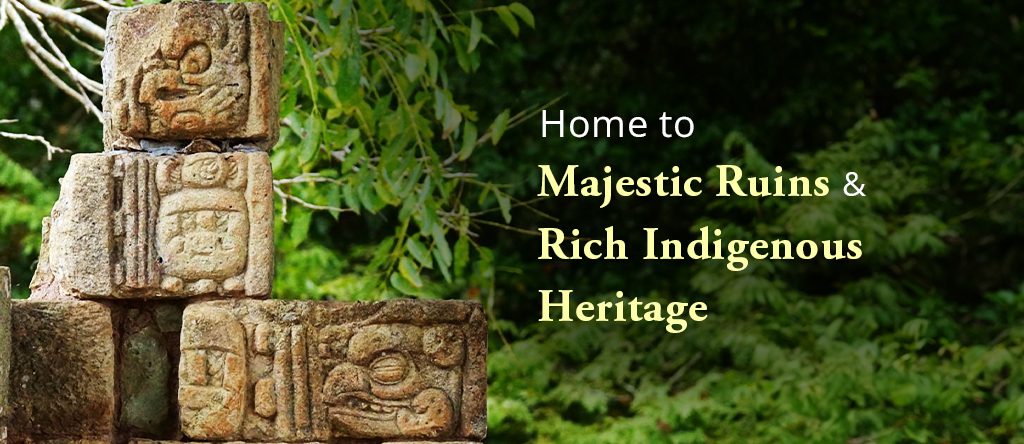
Conclusion
A diversity of cultures and geographical features characterizes Central America. These seven countries provide different experiences, ranging from ancient ruins through dynamic cities to beautiful natural scenery and varied ecosystems.
Whether you are visiting the rainforests of Costa Rica, historical sites in Guatemala, or coastal resorts in Belize, you are guaranteed a memorable visit across Central America.
To better understand the layout, one can refer to a map of Central America, highlighting each nation’s unique positioning and features within this vibrant region. Remember to book yourself a luxury villa in Costa Rica or any of these amazing countries for a relaxing, comfortable, and safe vacation experience.
Pack your bags and board your flight. Central America will welcome you with open arms and an open heart.





